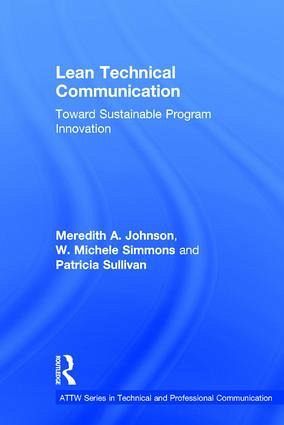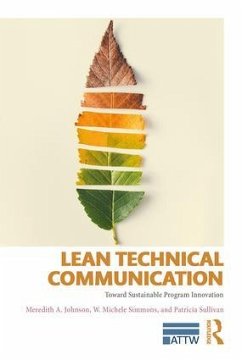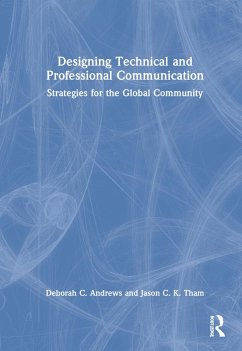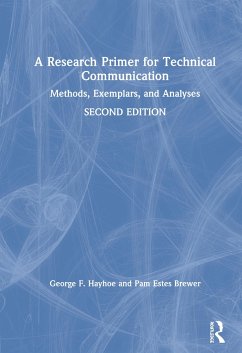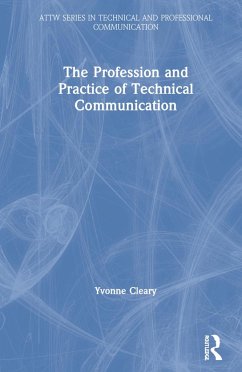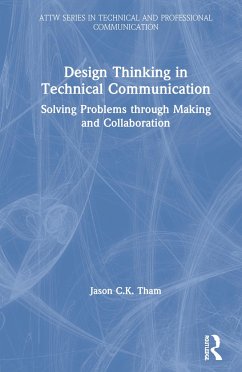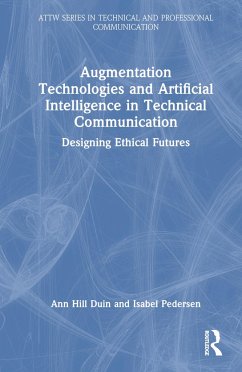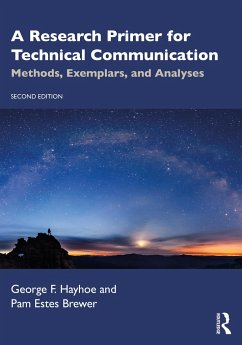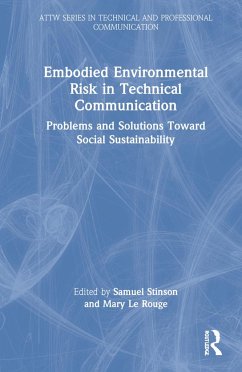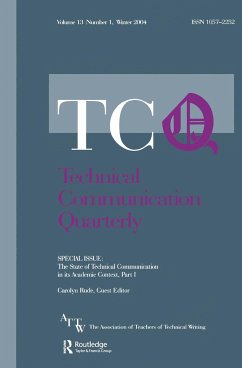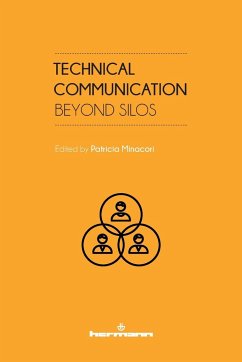Meredith A. Johnson is Associate Professor and Director of the graduate program in Rhetoric and Composition at the University of South Florida where she previously served as the interim director of Professional Writing, Rhetoric, and Technology. She received her Ph.D. in Rhetoric and Composition from Purdue University. Her research appears in journals such as Technical Communication, Technical Communication Quarterly, Computers and Composition: An International Journal, Computers and Composition Online, IEEE: Transactions on Professional Communication, Kairos: A Journal of Rhetoric, Technology, and Pedagogy, and enculturation. W. Michele Simmons is Associate Professor of English, faculty affiliate with the Institute for the Environment and Sustainability, and Director of Professional Writing at Miami University. Her research lies at the intersections of civic engagement, research methodologies, user experience, and institutional change. Her publications include Participation and Power : Civic Discourse in Environmental Policy and her research appears in journals such as Technical Communication Quarterly, College Composition and Communication, and The Writing Instructor. Patricia Sullivan is a Professor and Director of the graduate program in Rhetoric and Composition at Purdue University where she previously directed Technical Writing. Recently she has published on emerging technologies, institutional change, mentoring, research methodologies, rhetorical theory, video, and usability/UX.
